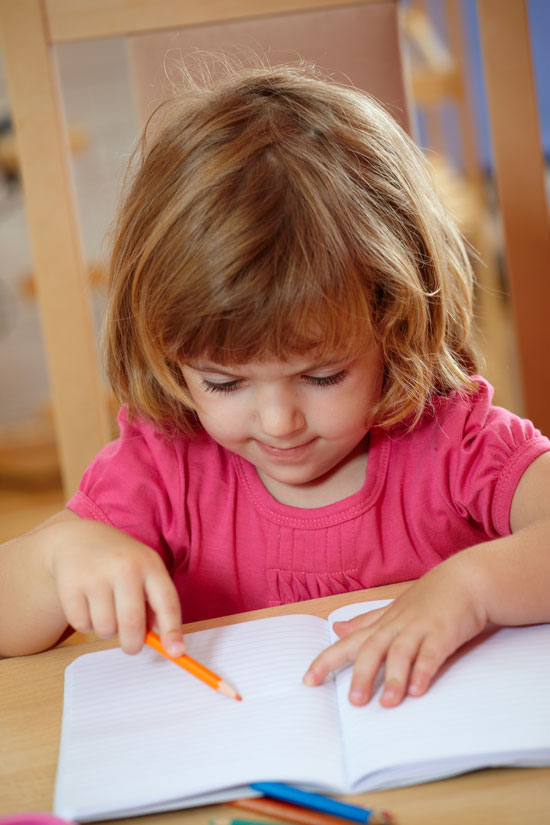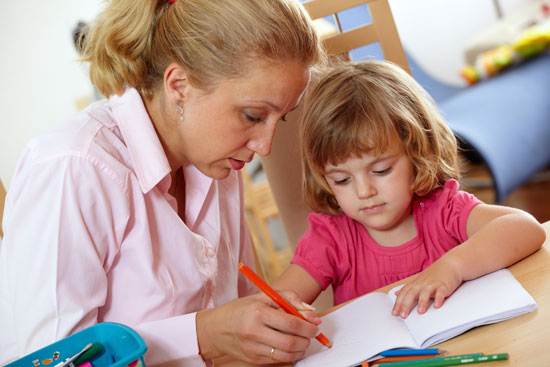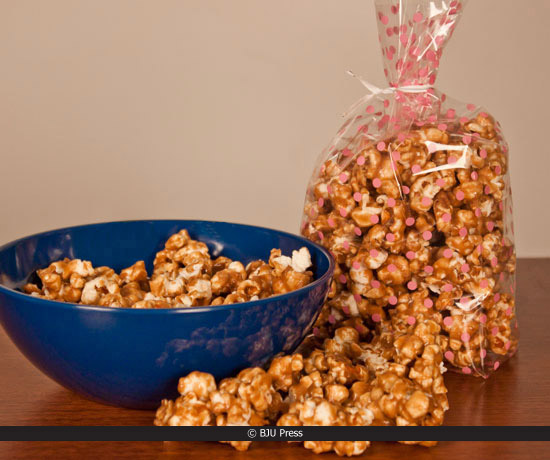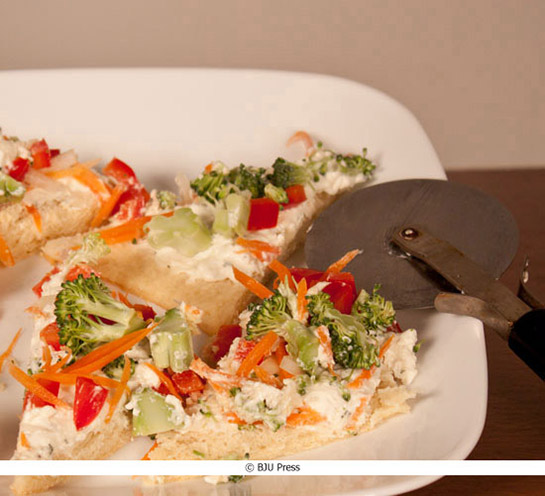
Is it time to start homeschooling your young child? As I pointed out in my previous post, people start homeschooling their children at different ages. Individual family situations play a large role in the decision about when to start homeschooling, so I listed a few questions to help you think through your unique situation. But there’s another major factor in the decision—your child. How can you tell if your child is ready?
If you were placing your child in a school setting, the school would probably give your child a kindergarten-readiness test. You can do a similar assessment at home. Think about the following questions, and jot down your observations.
1. How well does your child listen and follow directions?
A good early childhood curriculum includes a lot of active learning, but your child does need to have the ability to sit and focus for short periods of time (ten to fifteen minutes is a good goal). Your child also needs to be able to listen carefully, to respond to questions, and to follow directions so that he or she can get the most out of learning activities.
2. Does your child have the necessary fine motor skills?
Can he or she use a child-sized pair of scissors? Does your child attempt to color within the lines when coloring? Is your child able to hold a pencil correctly and do simple tracking and tracing activities? (These skills should be refined before attempts are made at writing letters and numbers.) Your child needs to have strong fine motor skills in order to learn how to write.
3. Is your child enthusiastic about learning?
Most experts agree that a child’s individual enthusiasm for learning is the strongest indicator of future success in school. Does your child ask to “do school”? Does he or she pretend to read or write?
You know your child best, but if you want a second opinion about whether your child is ready for school, you might want to consult your child’s Sunday school teacher, pediatrician, or other family members and friends who have had multiple opportunities to observe your child. And don’t forget to pray! The Lord promises to give wisdom to all who come to Him in faith.
When my oldest daughter was ready to start formal schooling, BJU Press materials helped guide her learning. Next week I’ll share my family’s experience with their Footsteps for Fours curriculum.


 Veggie Pizza
Veggie Pizza